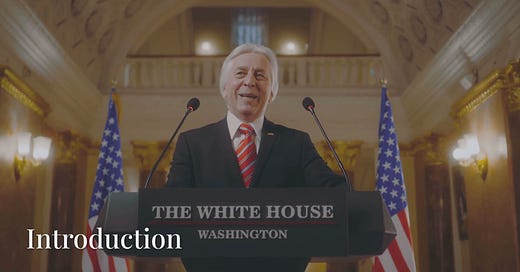https://thelastchanceoffreedom.blogspot.com/
Since President Joe Biden took office in January 2021, the U.S. economy has been shaped by a combination of recovery from the COVID-19 pandemic, inflationary pressures, and significant federal intervention. Federal spending and stimulus measures—ranging from the American Rescue Plan to infrastructure investments—have played a central role in driving economic activity. But what would happen if all federal spending and stimulus were stripped away from Biden’s economy? A closer look suggests that, without this fiscal backbone, the U.S. could face negative economic growth, highlighting the economy’s reliance on government support in recent years.
Federal Spending: The Engine of Growth
Federal spending under Biden has been substantial. The $1.9 trillion American Rescue Plan, enacted in March 2021, injected cash directly into households, extended unemployment benefits, and provided aid to state and local governments. Subsequent legislation, like the $1 trillion Infrastructure Investment and Jobs Act, further fueled economic activity by funding roads, bridges, and broadband expansion. Additional proposals and executive actions have aimed to bolster clean energy, healthcare, and social programs, often with multi-billion-dollar price tags.
According to the Bureau of Economic Analysis (BEA), real GDP growth in the U.S. was 5.8% in 2021, followed by 1.9% in 2022, and an estimated 2.5% in 2023, with projections for 2024 hovering around 2%. Government spending has consistently contributed to these figures. In 2022, for instance, federal, state, and local government expenditures accounted for roughly 17% of GDP directly, while transfer payments (like stimulus checks and tax credits) amplified consumer spending, which drives nearly 70% of the economy.
What Happens Without Federal Spending?
To imagine an economy without federal spending and stimulus, we must subtract not only direct government purchases but also the multiplier effects of transfer payments and investments. Economists often use the fiscal multiplier—a measure of how much each dollar of government spending boosts GDP—to estimate these impacts. Multiplier estimates vary, but during economic recovery periods, they typically range from 0.5 to 1.5. For simplicity, let’s assume a multiplier of












Share this post